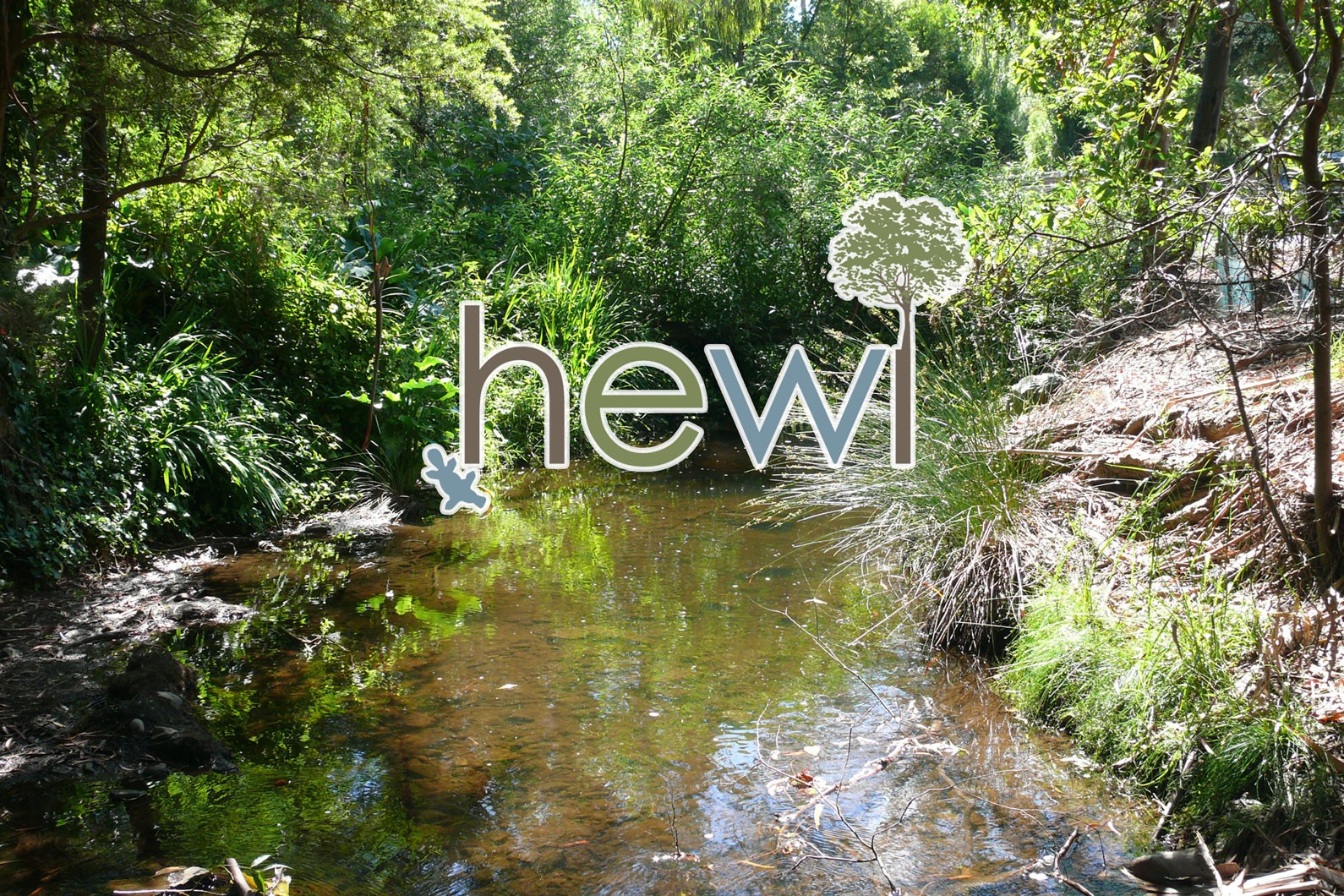David Lindenmayer1,2,3*, David Blair1,2,3, Lachlan McBurney1,2,3 and Sam Banks1,2
Fenner School of Environment and Society, The Australian National University, Canberra, ACT 2601, Australia
Australian Research Council Centre of Excellence for Environmental Decisions, The Australian National University, Canberra, ACT 2601, Australia
Long-term Ecological Research Network, Terrestrial Ecosystem Research Network, The Australian National University, Canberra, ACT 2601, Australia
*Corresponding author: Lindenmayer D, Fenner School of Environment and Society, The Australian National University, Canberra, ACT 2601, Australia, Tel: +612 61250654; Fax: +612 61250746; E-mail: david.lindenmayer@anu.edu.au
Received date: October 06, 2014; Accepted date: October 17, 2014; Published date: October 24, 2014
Copyright: © 2014 Lindenmayer D, et al.
This is an open-access editorial distributed under the terms of the Creative Commons Attribution License, which permits unrestricted use, distribution, and reproduction in any medium, provided the original author and source are credited.
Abstract
Leadbeater’s Possum is an iconic but globally endangered species largely confined to the wet ash forests of Victoria, south-eastern Australia. The species is at risk of extinction as a result of widespread logging, recurrent wildfire, and the rapid decline of populations of large old hollow-bearing trees – the single most critical habitat element for Leadbeater’s Possum. We outline why recent strategies aimed at conserving Leadbeater’s Possum appear unlikely to be effective in preventing the species’ extinction. We outline what we believe to now be the only current viable approach to conserve this species. This is the rapid transition to a large protected forest reserve system where the primary process threatening the species – widespread industrial clear-felling – is removed.
